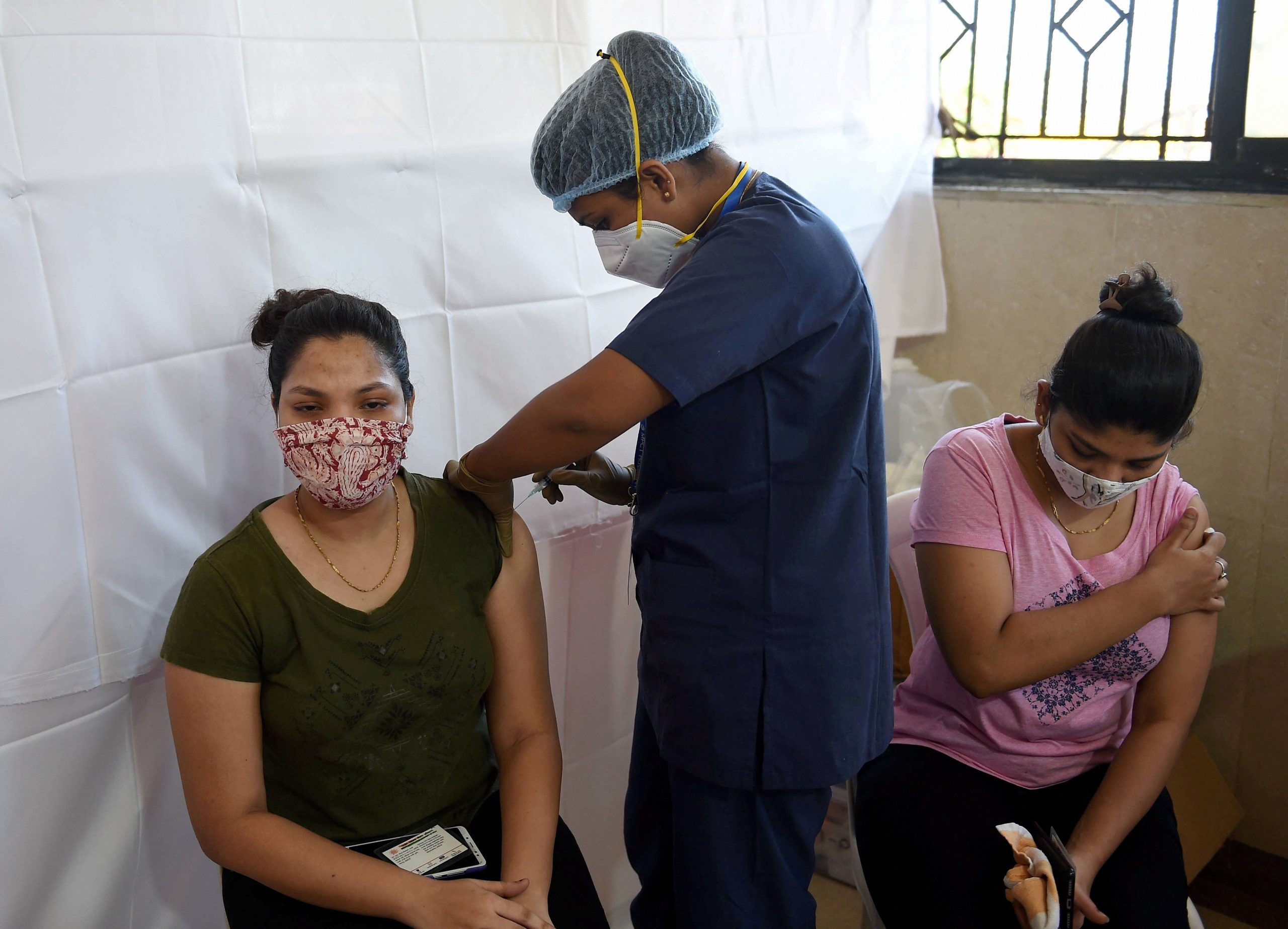While the COVID-19 wave seems to be ebbing elsewhere in India, Kerala and Maharashtra continue to report 8000 to 10,000 new cases everyday, prompting the Centre to send a team of experts to assess the situation. The two were the only Indian states to add 10,000 or more cases daily between June 20 and July 2.
On Monday, Kerala recorded more than 8,000 cases and Maharashtra more than 9,000. Maharashtra has seen an addition of almost 70,000 new cases and Kerala of 85,000 cases in the last one week.
Also Read | As COVID cases continue to dip in India, these states have most active infections
One reason given by experts for Kerala’s high numbers is the high rate of testing. The state carries out twice the national average of tests per million. The southern state carries out roughly 670,000 test per million, followed by Karnataka at 515,000. Maharashtra conducts 344,300 tests everyday. The national average is 310,000 tests per million.
But a high rate of testing does not mean a high rate of infection. The positivity rate, an important metric to determine the pandemic situation, stands at 12% in the state. This is way beyond the WHO recommended threshold of 5% for countries to open up.
In Maharashtra, while the state’s average positivity rate is 4.5%, nine districts have reported a positivity rate above 9%. Kolhapur tops the list with 10% positivity rate.
Also Read | Fully vaccinated, yet tested COVID positive? Here is what you should do
So, are more tests turning up positive because infected persons are spreading the virus to more people? Recently, Professor Mukherjee, a biostatistician at the University of Michigan, sounded a word of caution for Kerala, Maharashtra and several other states, saying that they were recording a high R-value.
What is R-value?The R-value denotes the spread of the virus. Value of 1 means one patient is infecting one other person on an average. But if the value crosses one, even by a fraction, the infection may spiral. An R-value below one means the outbreak is receding.
Currently, the national average for the R-value is less than one (0.82), which means one COVID+ person is passing on the virus to less than one person.
Also Read | Germany to lift travel restrictions from 5 countries, including UK and India
Maharashtra, Kerala, and the national capital Delhi have crossed the R value of one, said Mukherjee. “The case counts are falling in India, yes, but at a slower rate than before. Only to be expected as we exit the lockdowns. That upturn in the effective R trajectory tells us there is absolutely no reason to feel safe and let our guards down. Exercise more caution than before,” she tweeted.
According to her study, the reproduction value in Maharashtra has gone up from 0.8 on June 21 to above 1 on June 27. The value has climbed up to 1.03 in Delhi and up to 1.00 in Kerala too. It was below one till a week ago. During the second wave, the R-value in Maharashtra, Delhi, and Andhra Pradesh was above the 2.5 mark.







